Nintendo Switch OLED vs Nintendo Switch: what's different?
The Nintendo Switch OLED is the fourth major release in the Switch generation of consoles.
First, there was the original Switch in 2017 and the Switch Lite with its non-removable controllers in 2019. Then Nintendo released the refreshed original Nintendo Switch with improved battery life, again in 2019.
The Nintendo Switch OLED is the most exciting upgrade to this handheld series to date, however. Why? Well, the clue is in the name. This new version has an OLED screen, similar to the displays of top phones like the Samsung Galaxy S21.
In this piece, we’ll look at why the Switch OLED is better than the LCD original, and the other upgrades you get with the Nintendo Switch OLED.
- Nintendo Switch OLED: everything you need to know
- Switch vs Switch Lite: is bigger really better?
- Nintendo Switch OLED price: what to expect when the new console lands
Nintendo Switch OLED vs Nintendo Switch: price
The Nintendo Switch OLED costs $350 / £309 / AU$539, with a release date set for October 8, 2021. That's $50 / £30 / AU$90 more than the original Switch was priced at, which cost $300 / £279 / AU$449.
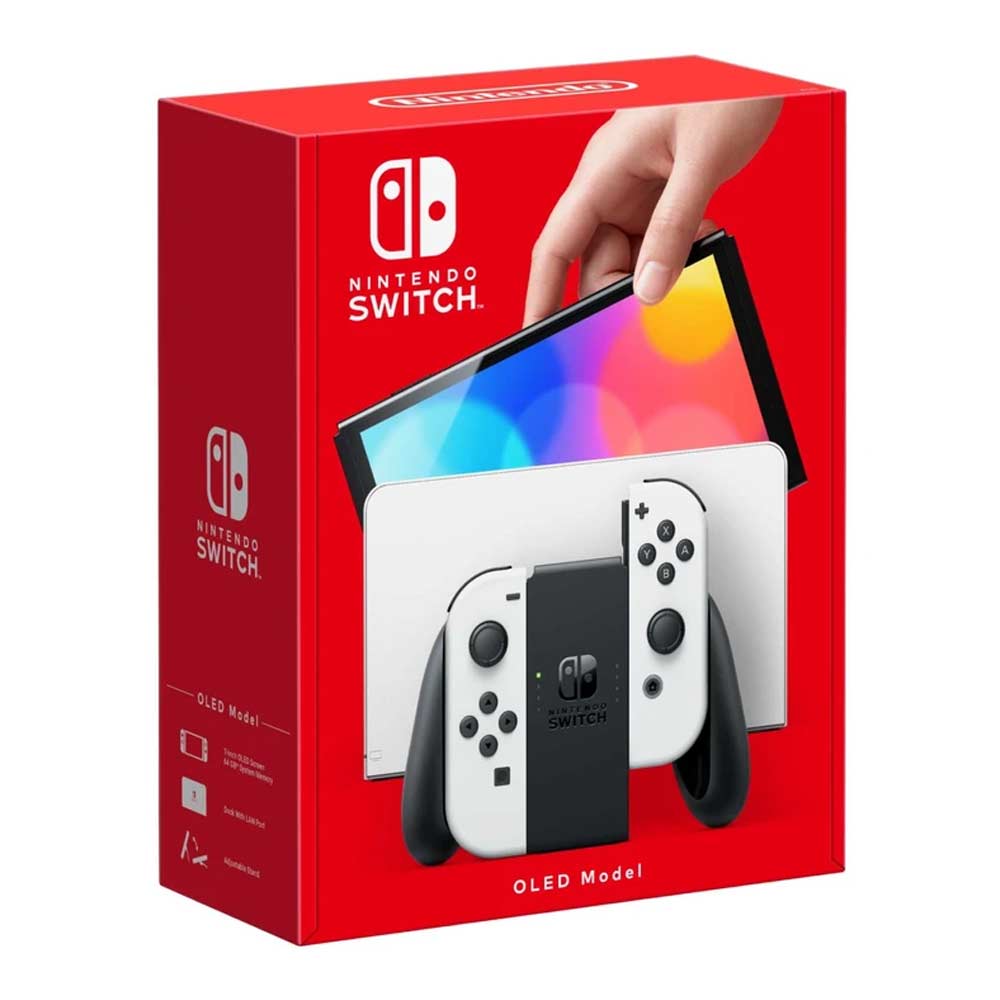
Nintendo Switch OLED pre-orders are now live. Releasing on October 8, 2021, the Switch OLED brings some much-needed upgrades to the popular hybrid console. You get a 7-inch OLED screen, a better kickstand and speakers, plus 64GB of internal storage.
Nintendo has confirmed the Switch OLED will be available from October 8, but stock is likely to be limited due to the ongoing global semiconductor shortage. This has impacted both the PS5 and Xbox Series X consoles since they launched in November 2020, so you might want to pre-order Nintendo's console or risk missing out.
Nintendo Switch OLED vs Nintendo Switch: design
The Nintendo Switch OLED looks similar to the original Switch and its 2019 refresh. It has removable Joy-Cons, the same button layout, and even comes in the familiar bright Neon Blue and Red color scheme.
However, the version you'll see most online in the run-up to the Switch OLED's release is the new White version. This more sedate, grown-up color scheme is the sort of garb we expected to see the rumored Nintendo Switch Pro dressed up in. It may not be the Nintendo Switch Pro, but this is the closest we'll get for now, and many of the leaks surrounding the Pro are found in this redesign.
There are some other important design changes. The thick bezels of the original Switch's display have been significantly trimmed down, and the 6.2-inch LCD panel has been replaced with a vibrant 7-inch OLED panel.
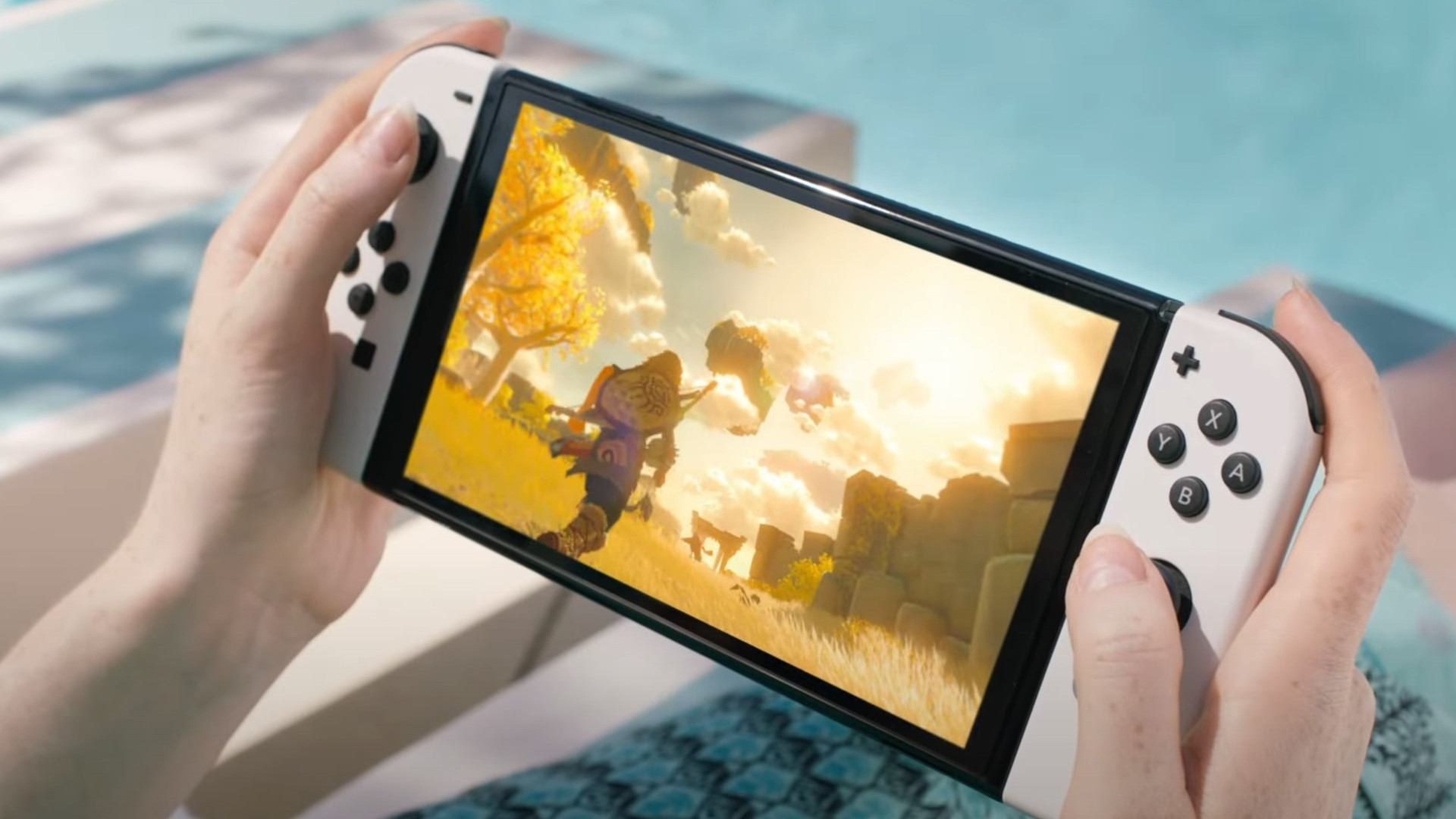
This gives the new Switch a less dated appearance and means there is no significant difference in size with the new model, despite the use of a larger screen. It's 0.1 inches longer, at 9.5 x 0.55 x 4 inches (W x D x H).
This means that any Joy-Con controllers you bought work just fine with the Nintendo Switch OLED. The new console uses the same 'rail' system for such accessories.
Nintendo has reworked the Switch's feeble kickstand to make it much less fragile, too. It now runs across much of the console's back, which we found keeps it upright more securely. The stand is also adjustable as well, allowing for different display angles when playing in tabletop mode.
You wouldn't know it from a glance but Nintendo has also redesigned the Switch OLED's speakers. They still sit on the bottom of the handheld, one to each side, and offer enhanced audio over the original speakers. They're far punchier and more impactful and don't distort at maximum volume.
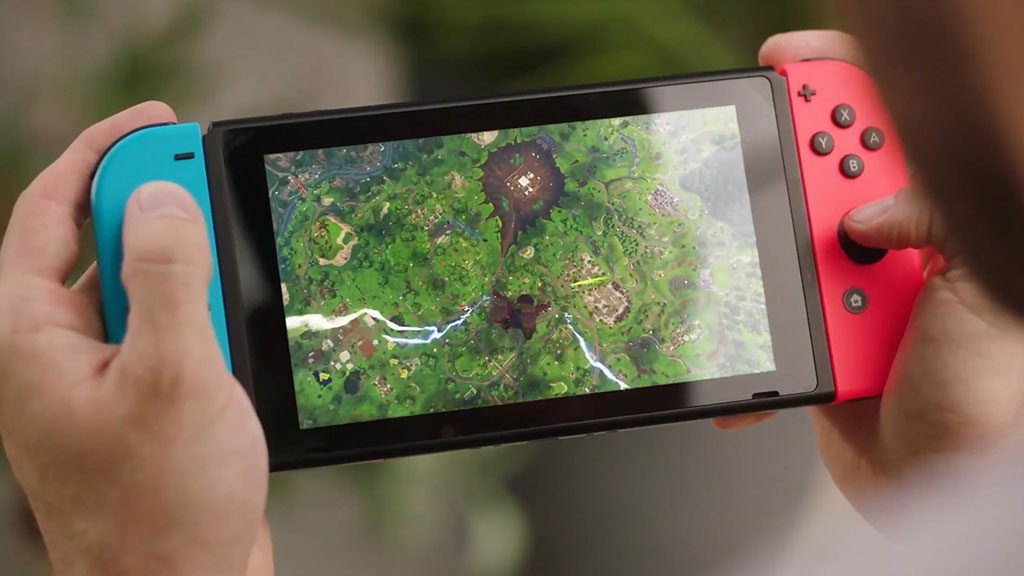
As before the OLED Switch comes with a dock, to let you play games on your TV. However, it does not offer the 4K output many hoped for in a Nintendo Switch Pro console. Playing docked and 1080p remains the max output resolution, and the display is 720p when playing in handheld mode.
An Ethernet (LAN) port is the extra we do get. You take a cable from your home internet router and plug it into the dock, for a more reliable signal than you'd see from the Switch's own Wi-Fi connection.
Nintendo has also doubled the internal storage in the Switch OLED, from 32GB to 64GB. You also have the option of adding a microSD card if you need more room.
Battery life remains the same as the refreshed Nintendo Switch at 4.5 to nine hours. This is better than the launch Switch's 2.5 to 6.5 hours, but the OLED Switch brings no real improvement in this area.
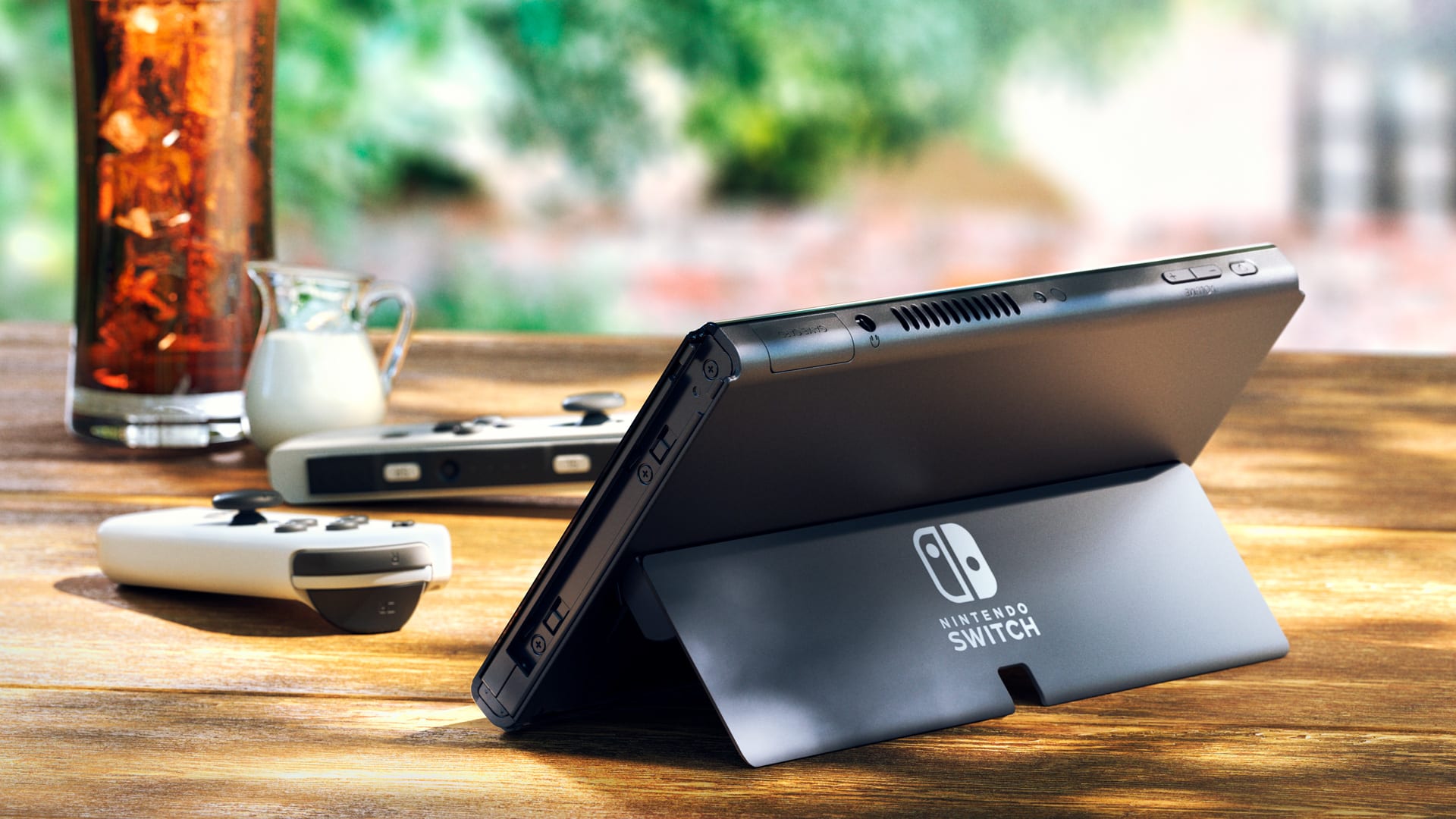
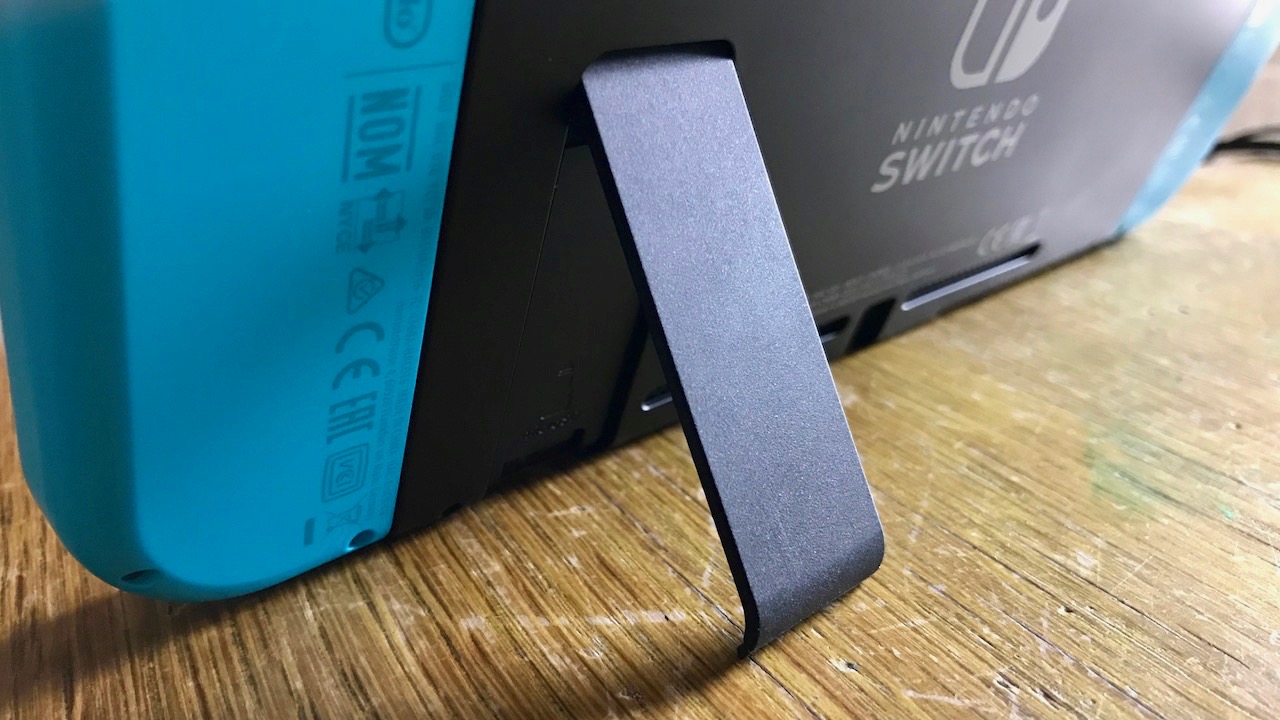
Nintendo Switch OLED vs Nintendo Switch: display
Here's the interesting part. The new Nintendo Switch has an OLED screen.
These display panels have emissive pixels, which means black parts of the screen image will look perfectly inky black even if you play under the covers in perfect darkness.
With a standard Nintendo Switch, blacks end up looking slightly gray in these conditions. The OLED Switch is much better for bed-time gaming than the old model, and helps Nintendo's already colorful art style stand out even more.
This is also the largest screen put into a Switch console yet. It measures 7 inches across, up from the 6.2 inches of the original Nintendo Switch design and the 5.5 inches of the Switch Lite.
There is no change in resolution. The Nintendo Switch OLED remains a 1280 x 720 pixel display. Many had hoped for a bump to 1080p (and there was even rumors of a 4K offering) in this "next generation" design.
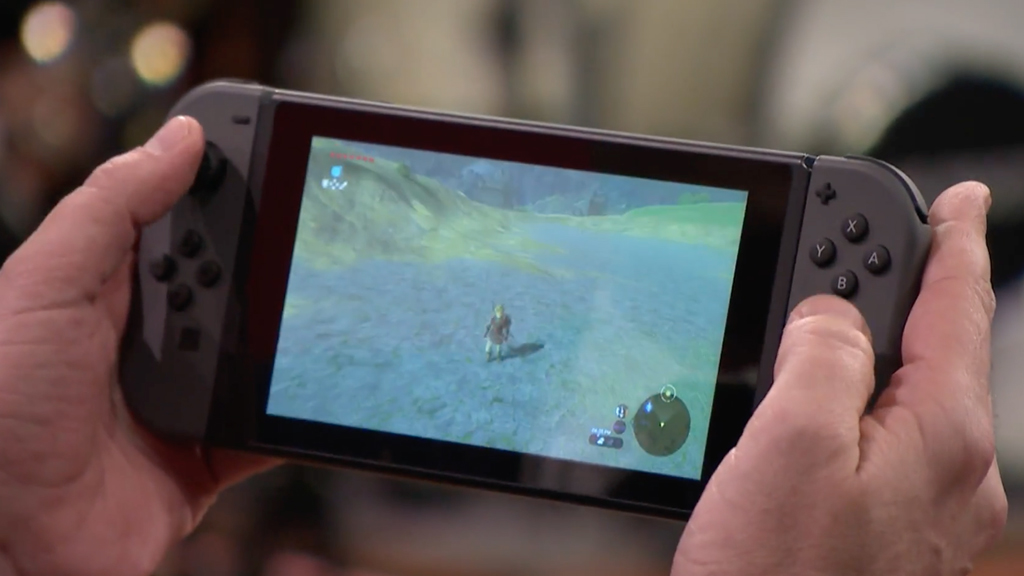
We also have some concerns about this display panel. In March, we reported Nintendo was planning to use Samsung Display panels for a refreshed version of the Switch.
Almost all Samsung OLED panels use a display technology called PenTile. This is where the display pixels share sub-pixels, the tiny red, green and blue pin pricks of light that make up each color.
PenTile panels offer reduced sharpness compared to LCD panels of the same resolution thanks to the sharing of sub-pixels, usually exhibiting as a slight fizziness to text and other high contrast objects.
Samsung has made plenty of non-PenTile RGB OLED displays in the past. It used them in its long-discontinued OLED TVs, and in a few phones in the 2011-2012 era under the Super AMOLED Plus banner.
Samsung's RGB OLEDs have pretty much disappeared in the intervening years. But since then its use of PenTile OLEDs has never seemed a big deal as most OLED devices these days have exceptionally high pixel density, so a slight relative loss in sharpness is largely imperceptible.
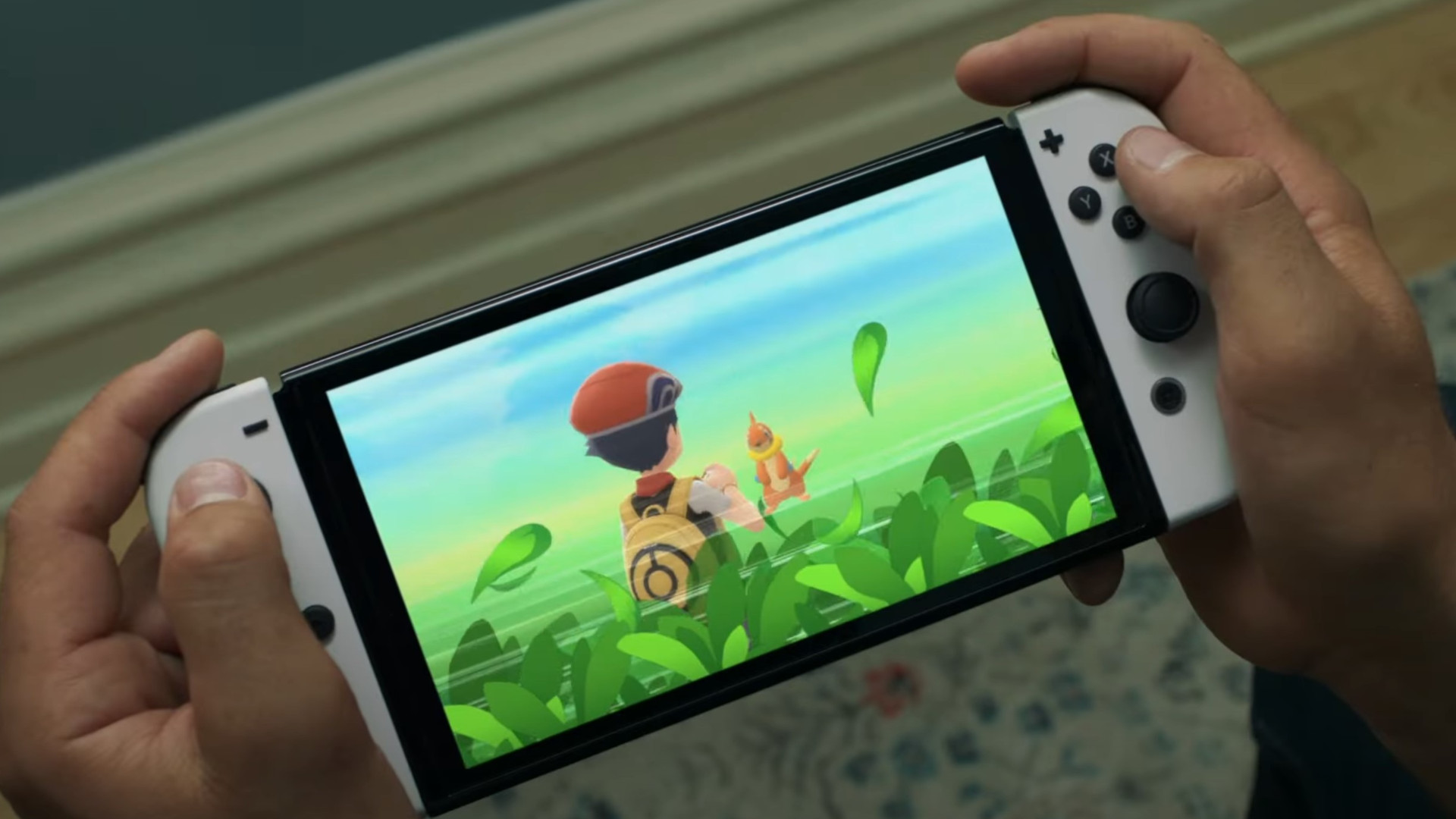
Nintendo Switch OLED vs Nintendo Switch: power
While the OLED screen of the new Switch makes games look richer, bolder and more immersive than before, the console doesn't boost performance in any way.
The Switch OLED has the same Nvidia Custom Tegra processor and RAM as the current Switch, which means there is no upgrade in power under the hood.
That means it won't unlock any new potential for developers to bring more comprehensive games to the new console.
What it does mean though, is the Switch OLED will be able to play all the same games as the Switch - and vice versa.
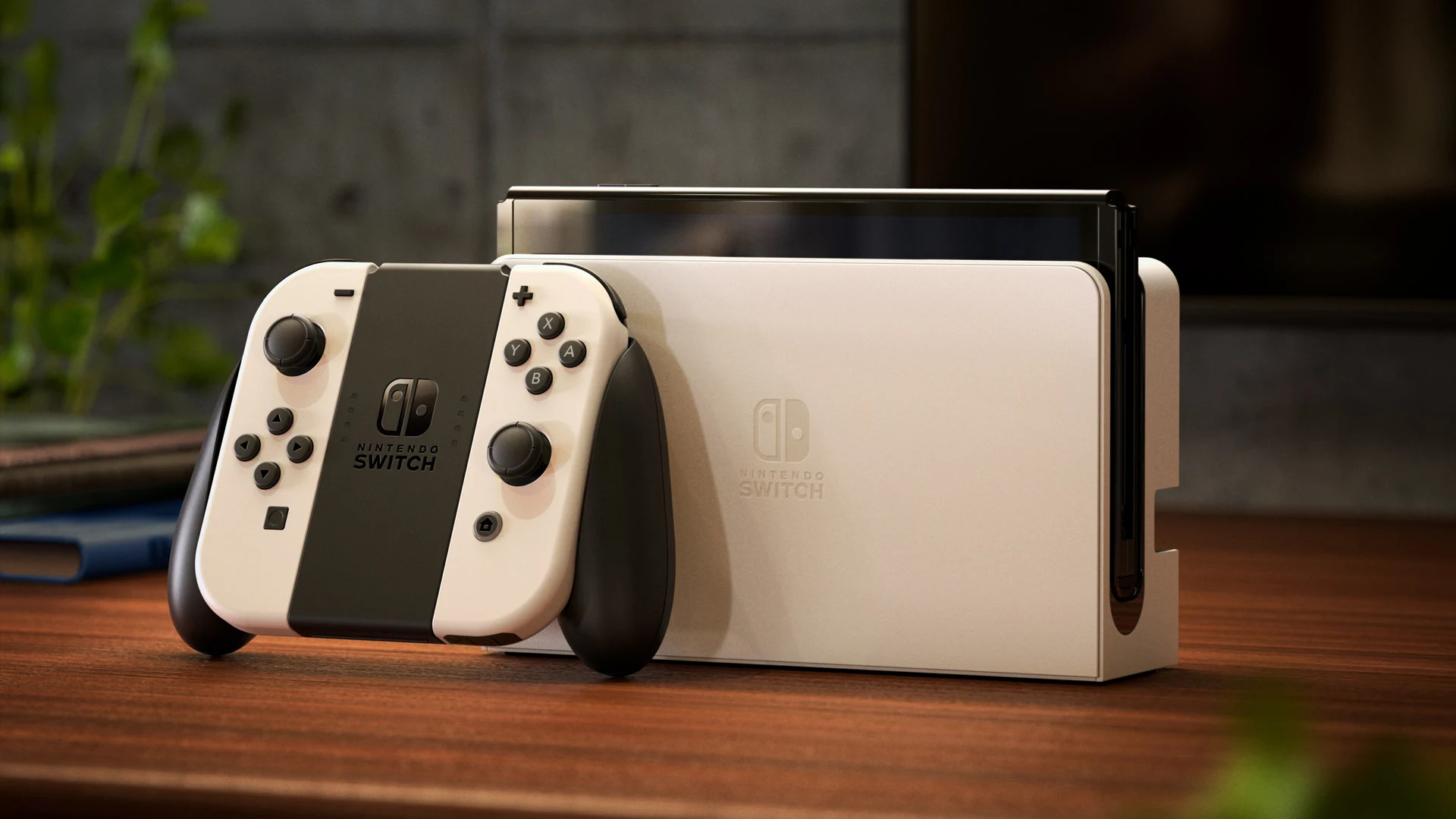
If you were hoping for a Nintendo Switch Pro with a 1080p screen and 4K output to your living room TV, the Nintendo Switch OLED isn't going to meet that demand.
Games will feel the same, but they do at least look prettier when playing in handheld mode and tabletop mode. The Ethernet port on the dock is welcome, as is the increase in storage to 64GB, but the Nintendo Switch OLED is certainly an evolution not a revolution.
Contributer : Techradar - All the latest technology news https://ift.tt/3hllIxn

 Reviewed by mimisabreena
on
Thursday, October 07, 2021
Rating:
Reviewed by mimisabreena
on
Thursday, October 07, 2021
Rating:














No comments:
Post a Comment